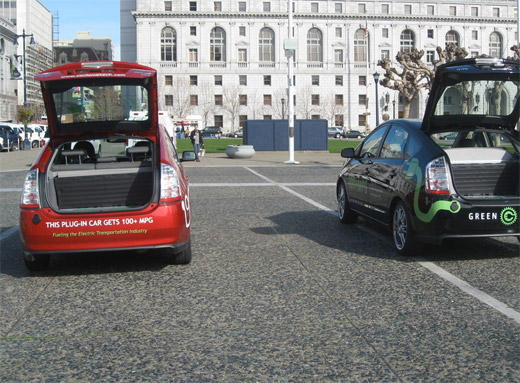
Compressed air cars have been around since the 1800s, but they have always suffered the reputation of a novelty invention.
Instead, standard gasoline engines ruled the auto world for the majority of the 20th century. Today’s energy troubles have caused some auto companies to become serious about creating viable compressed air vehicles that can compete on the standard market. Zero Pollution Motors has produced a line of compressed air vehicles they plan to release in the United States in the near future. The big question is whether U.S. consumers will be interested in these unusual cars. Any time a new car enters the market there is a concern of the higher cost of ownership, which includes increases in premiums when you compare auto insurance costs for new cars entering the market versus well-established cars.
Not Entirely Emission Free
A compressed air engine works by forcing pressurized air through the engine. On its own, a compressed air engine can only produce speeds of about 35 mph. With the addition of a tiny amount of gasoline or electricity, the engine can produce highway speeds up to 90 mph. Many Americans would laugh at this limitation despite the lack of any legal roads where one can travel even that fast.
The Zero Pollution vehicles rely on small gasoline tanks to give them the extra push they need to travel fast enough for city streets, so they are not entirely emission free. The emissions are nearly imperceptible compared to a normal gas engine, making the idea of compressed air cars very attractive. But in practice, these cars might just look too strange for U.S. consumers.
Structural Differences are Striking
The first thing that most Americans will notice about the Zero Pollution cars will probably be the cosmetics rather than the emissions. These compressed air vehicles look almost cartoonish with their exaggerated rounded edges and pod-like structures. The cars definitely focus more on practical elements than on luxury, with small passenger spaces and an all-glue construction. U.S. consumers who spend a great deal of time on the road might find these vehicles a little too sparse and uncomfortable. It’s hard to imagine the two-hour commuter enjoying a compressed air vehicle.
Maintenance and Repair Could Offset Savings
The only cost of running one of the Zero Pollution compressed air vehicles is filling the tiny gas tank. Zero Pollution estimates that topping off the tank should cost about $2.00. You won’t have to do that too often either. Americans like cheap, but cost saving stop at the pump.









